Home Prices Are Stable, Despite Misleading Headlines

Recent news about home sellers cutting prices is a prime example of how headlines can create more fear than understanding. Here's the real story on home prices.
In summary, home prices are currently higher than they were at this time last year, and they are expected to continue increasing, albeit at a slower rate.
However, a recent article from Redfin states, "Price Drops Hit Highest Level in 18 Months As High Rates Dampen Buyer Demand." This might lead you to believe that prices are declining.
While it’s true that the latest report from Realtor.com indicates 16.6% of homes on the market had price reductions in May, up from 12.7% last May, this doesn’t mean that overall home prices are falling.
The crucial point is understanding the difference between the asking price and the sold price.
Understanding the Difference Between Asking Price and Sold Price
Essentially, the asking price, or listing price, is the amount a seller hopes to receive for their home when they put it on the market. However, sellers can't simply choose any price and expect to sell their home for the maximum amount. Today's buyers are knowledgeable and, due to strained budgets from higher mortgage rates, are less likely to pay a premium. Consequently, sellers are making adjustments, which is what's happening currently.
The asking price can change based on market conditions and the offers a seller receives. If a seller isn't attracting much interest, they may lower the price to spark renewed attention—often because the initial price was set too high. This is where price reductions come into play. When headlines mention "price drops," it can give the impression that overall home prices are declining.
Mike Simonsen, CEO and Founder of Altos Research, states:
“Not only is the proportion of homes with price reductions higher compared to a year ago, but more price cuts are occurring each week than last year.”
Conversely, the final sold price is the amount a buyer actually pays when the sale is finalized.
The key takeaway is this: actual sold prices are still increasing and are expected to continue rising for at least the next five years.
What Does This Imply for Home Prices?
So, while there has been a recent increase in price reductions, this does not indicate that overall home values are declining. Instead, it signifies that demand is moderating, prompting sellers to adjust their expectations to match the current market conditions.
Despite the increase in price reductions, home values continue to grow annually, as they typically do in the housing market. According to the Federal Housing Finance Agency (FHFA), home prices rose by 6.6% over the past year (see below):
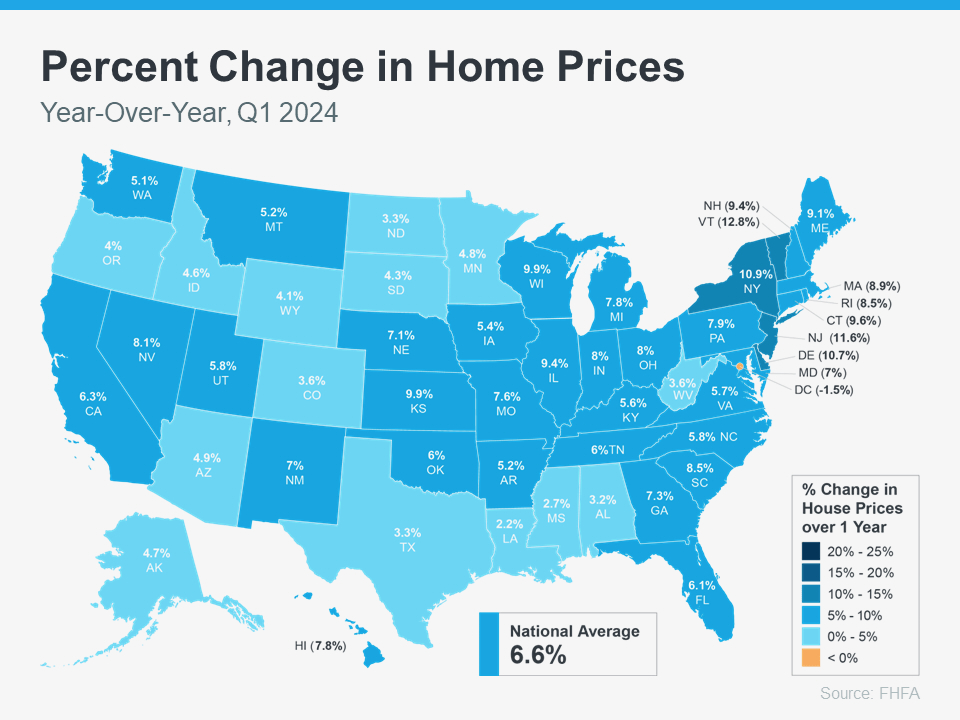
This map illustrates widespread price increases across the country, suggesting that the market is not experiencing a decline.
Therefore, while seller price reductions can be a signal that prices might stabilize in the coming months, a trend that experts have anticipated for some time, they should not necessarily cause alarm. The article from Redfin also mentions:
". . .those indicators indicate that the growth in sale prices could slow down in the upcoming months due to consistently high mortgage rates deterring potential homebuyers. Currently, the median home sale price has increased by 4.3% compared to last year, reaching another record high. . ."
Given the current tightness in inventory, it is far more probable that there will be price moderation in the months ahead rather than price declines.
The Upside for Both Buyers and Sellers Amid Moderating Price Growth
For buyers, realistic asking prices increase the likelihood of securing a home at a fair rate and provide greater market confidence as prices stabilize instead of escalating rapidly.
For sellers, recognizing the importance of adjusting asking prices can result in quicker sales and reduced price negotiations. Setting a realistic initial price attracts more committed buyers and facilitates smoother transactions.
Bottom Line
While the increase in price reductions may appear concerning, it is not alarming. Rather, it indicates a market that is adapting to current conditions. Home prices are still rising, albeit at a more moderate rate.
Categories
Recent Posts
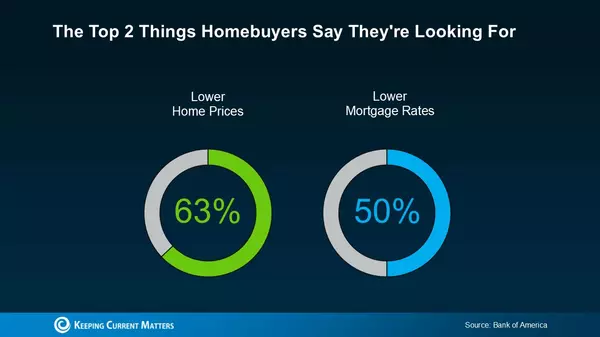
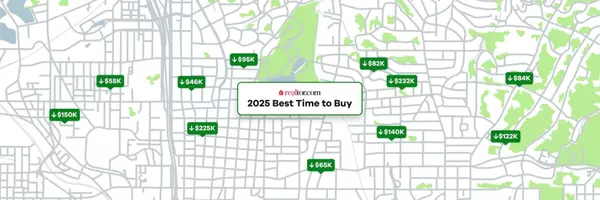
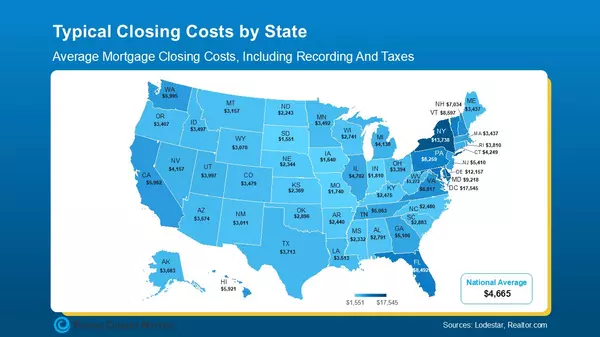
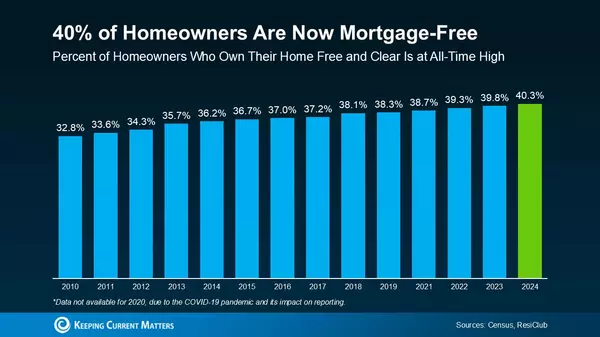
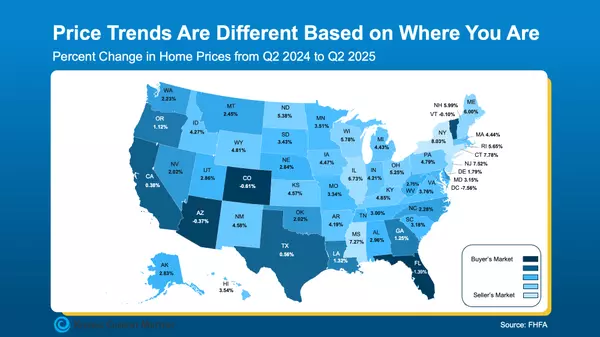
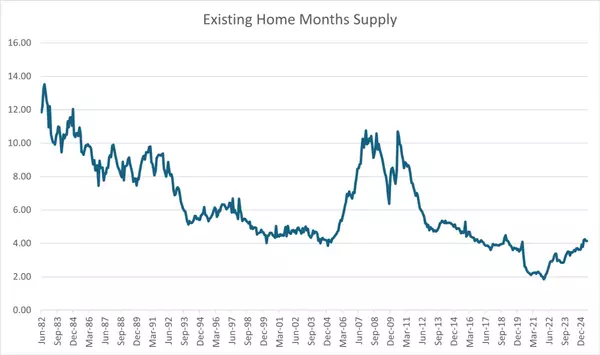
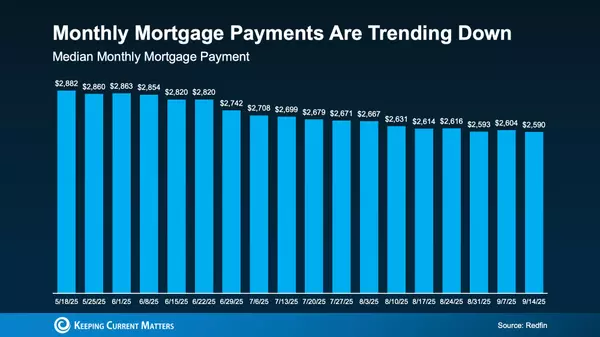


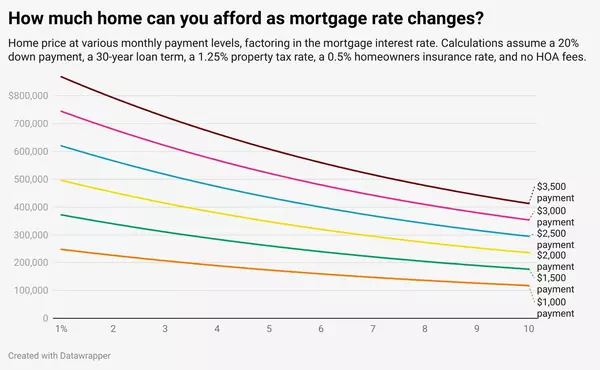
GET MORE INFORMATION



